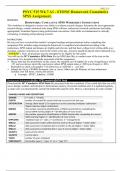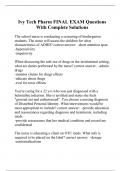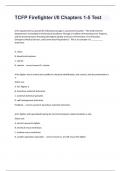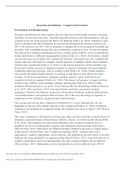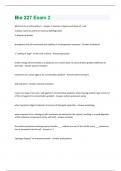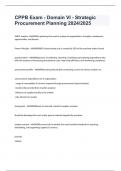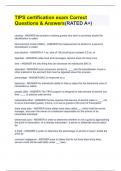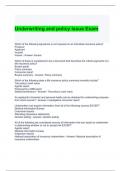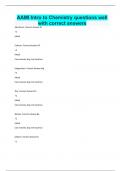Exam (elaborations)
PSYC 515 Wk 7 A1 - STONE Homework Cumulative SPSS Assignment.
- Course
- Institution
PSYC 515 Wk 7 A1 - STONE Homework Cumulative SPSS Assignment. HOMEWORK: CUMULATIVE SPSS WORKSHEET INSTRUCTIONS This worksheet is designed to assess your ability to evaluate research designs, determine the most appropriate research design, conduct statistical tests using SPSS software, and pr...
[Show more]
